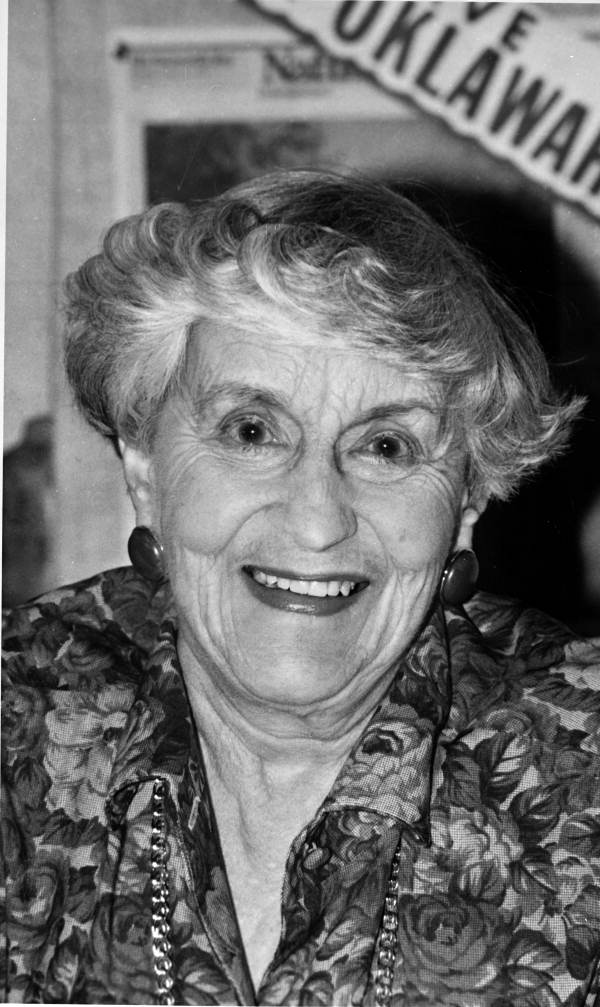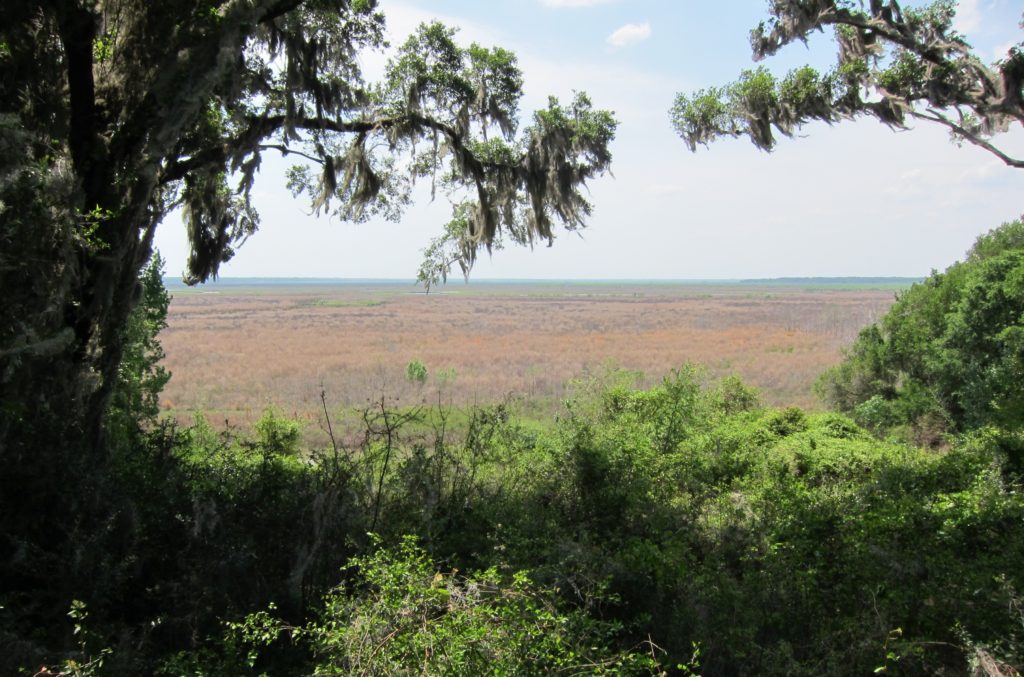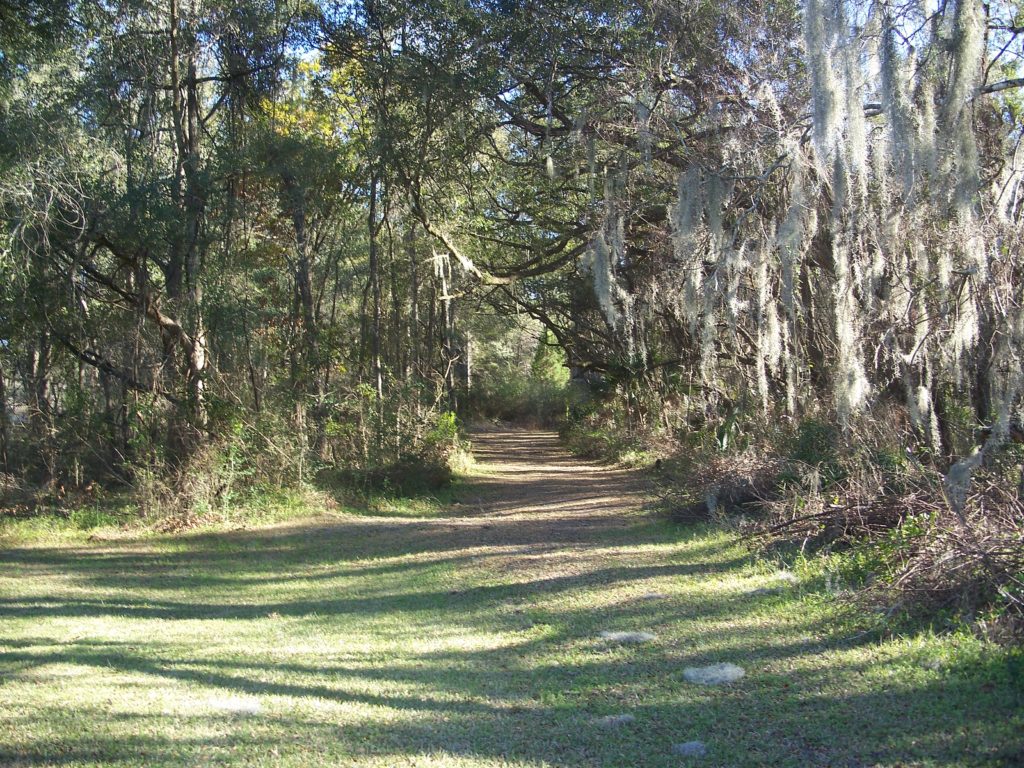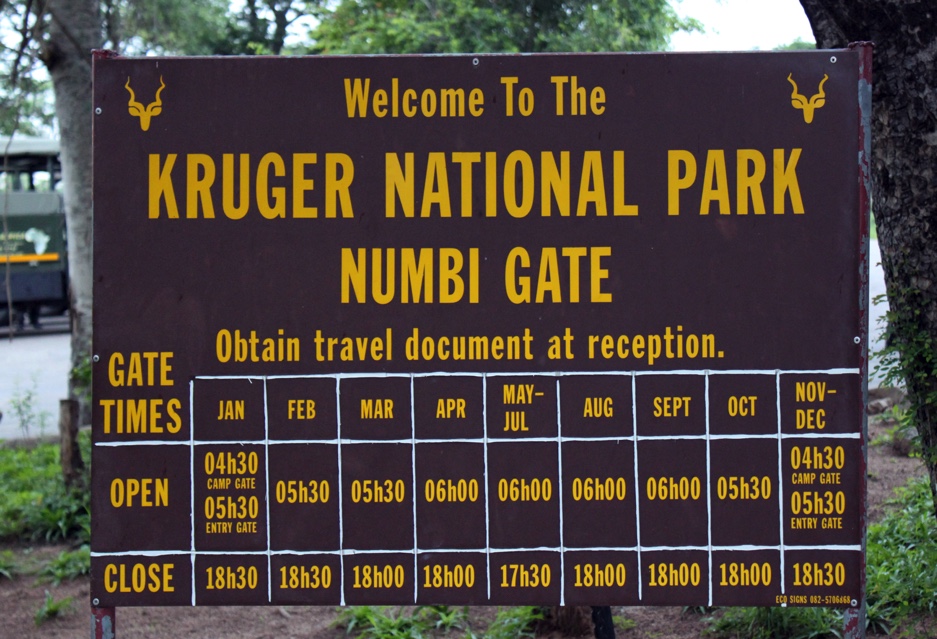Florida is one of the world’s most biologically and environmentally interesting places. And we owe much of our opportunity to enjoy Florida’s natural resources to a woman who persevered over her long lifetime to protect those resources for us.
Marjorie Harris was born on March 26, 1915, in Boston, but moved to Bonita Springs, Florida, at age 3 with her parents (died 1997). Both her parents were naturalists, and they nurtured a similar love of nature in their daughter. Later, she would write that her parents “knew the answers to the questions I had about the natural world.”

That nurturing led her to enter college as a zoology major. She graduated from what is now Florida State University in 1936 and sought a graduate program to study ornithology, but such programs were just for men in those days, and she sought work instead. She became a technician at the Welaka National Fish Hatchery in central Florida—the first female wildlife technician ever employed by the U.S. Fish and Wildlife Service.
While working at the fish hatchery, she fell in love with the Ocklawaha River and its associated wetlands. She reflected on her love of nature in 1990:
“What a pleasure it was to go into the woods and fields and, by recognizing a set of characteristic key plants, be able to put a name to a particular association of plants. It was thrilling to look at a landscape and think perhaps you knew its past history and its future. The ability to “read” a landscape provides the kind of pleasure that comes from a knowledge of Bach or Shakespeare or Van Gogh. It is a pleasure that increases with your knowledge and understanding of the ecology of Florida, and it lasts an entire lifetime.”
She also fell in love with a young herpetologist, Archie Carr. They married, but kept the marriage a secret for some time because a federal law at the time discriminated against married women holding jobs that men could do. Within a year, Marjorie Carr broke the male barrier in graduate school, entering the biology program at the University of Florida. She received her M.S. in 1942. The Carrs then spent several years in Honduras, where Marjorie studied tropical birds and built a large collection of specimens which she eventually donated to the University of Florida Museum.

Once back in Florida, she dove into work as an environmental advocate. Working through the Gainesville Garden Club, she led efforts to protect Paynes Prairie, a nearby wetland prairie ecosystem that had been studied by the 18th Century naturalist William Bartram. Paynes Prairie is now a 20,000-acre state preserve with a famous “eco-passage” allowing animals to travel under a busy highway that bisects the park. She joined and led several other conservation groups, emphasizing educational programs.
Carr became a household name in the late 1960s when she undertook a campaign to stop the Cross Florida Barge Canal. The canal had long been proposed to allow ships to cross the state, avoiding the long trip around the Florida Keys. President Kennedy approved the canal in 1963, and construction began. Carr understood that the canal would cause massive changes in hydrology, specifically impacting her beloved Ocklawaha River. Almost single-handedly, she kept up the pressure to stop the project. She co-founded the Florida Defenders of the Environment in 1969 and served as its president for 30 years. She led the writing of a report on the environmental impacts of the canal that became the model for the National Environmental Policy Act’s requirement for “environmental impact statements” as part of all federal projects.

That report did its work, convincing scientists, politicians and the public that the canal was a bad idea. In 1971, President Nixon cancelled the project and the state of Florida followed suit. The parts of the canal that had been built and the remainder of the lands purchased for the route are now a conservation greenway, named for Marjorie Harris Carr. A later governor of Florida said that Carr’s “efforts to deauthorize the Cross Florida Barge Canal began with one person and ended years later with thousands of citizens convincing their elected representatives of the detrimental nature of this project.”
Carr should be recognized as a pioneering environmental activist, of course, but even more impressive is the kind of activist she was. She believed that facts and science should drive decisions, not emotion or fear-mongering. She said, “I am an optimist. I also believe that Floridians care about their environment. If they are educated about its perils, if they are never lied to, they will become stewards of the wild places that are left.”
References:
Florida Defenders of the Environment. Marjorie Harris Carr. Available at: https://fladefenders.org/history/marjorie-harris-carr/. Accessed March 21, 2019.
Infoplease. Marjorie Harris Carr Biography. Available at: https://www.infoplease.com/people/marjorie-harris-carr. Accessed March 21, 2019.
Isabella. 2017. Marjorie Harris Carr: A Champion of Florida’s Natural Resources. The Florida Memory Blog, April 22, 2017. Available at: https://www.floridamemory.com/blog/2017/04/22/marjorie-harris-carr-a-champion-of-floridas-natural-resources/. Accessed March 21, 2019.

